Red wine good for cholesterol. The Cardiovascular Benefits of Red Wine: Exploring the Evidence
Does red wine truly have positive effects on cholesterol levels and heart health? Discover the scientific evidence behind the potential cardiovascular benefits of moderate red wine consumption.
The Cardiovascular Benefits of Red Wine: Exploring the Evidence
The relationship between red wine and heart health has long been a topic of interest in the scientific community. Several studies have suggested that moderate consumption of red wine may offer cardiovascular benefits, such as improving cholesterol levels and endothelial function. However, the evidence is not entirely clear-cut, and the effects of red wine appear to vary depending on the individual’s health status and other factors.
The Impact of Red Wine on Cholesterol Levels
One of the primary areas of interest regarding the cardiovascular benefits of red wine is its potential impact on cholesterol levels. Several studies have found that moderate red wine consumption can increase levels of high-density lipoprotein (HDL) cholesterol, often referred to as “good” cholesterol. This is significant because higher HDL levels are associated with a reduced risk of heart disease.
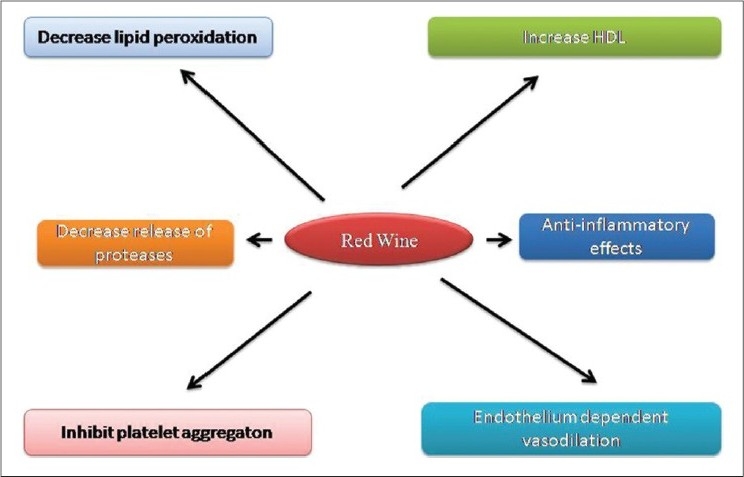
A study published in the Brazilian Journal of Medical and Biological Research found that short-term red wine consumption promoted differential effects on plasma levels of HDL cholesterol, sympathetic activity, and endothelial function in hypercholesterolemic, hypertensive, and healthy subjects. The authors suggest that the cardioprotective effects of red wine may be mediated by its influence on these various physiological factors.
The Role of Resveratrol in Red Wine
One of the compounds in red wine that has been the focus of considerable research is resveratrol. This polyphenol antioxidant has been shown to have numerous potential health benefits, including the ability to improve endothelial function and reduce inflammation.
The review article by da Luz and Coimbra discusses the potential mechanisms by which resveratrol and other compounds in red wine may exert their cardioprotective effects. These include inhibiting the oxidation of low-density lipoprotein (LDL) cholesterol, improving endothelial function, and reducing platelet aggregation.

The Potential Downsides of Red Wine Consumption
While the potential cardiovascular benefits of red wine have been extensively studied, it is important to note that there are also potential downsides to excessive or inappropriate consumption. Several studies have found that high levels of alcohol intake, including from red wine, can have negative effects on blood pressure and sympathetic nervous system activity.
A study published in Hypertension found that red wine and beer consumption elevated blood pressure in normotensive men. Similarly, a systematic review published in the American Journal of Hypertension concluded that daily alcohol intake, regardless of the type of alcoholic beverage, can increase blood pressure.
Factors Influencing the Cardiovascular Effects of Red Wine
The cardiovascular effects of red wine appear to be influenced by a variety of factors, including the individual’s overall health status, genetic predisposition, and other lifestyle factors. For example, a study published in the Brazilian Journal of Medical and Biological Research found that the cardioprotective effects of red wine were independent of plasma lipid levels in hypercholesterolemic patients.

Additionally, the timing and pattern of red wine consumption may also play a role in its cardiovascular effects. A study published in the Journal of Hypertension Supplement found that acute alcohol intake can have different effects on blood pressure and sympathetic nervous system activity compared to chronic, moderate consumption.
Practical Considerations for Red Wine Consumption
When it comes to the potential cardiovascular benefits of red wine, moderation is key. Most health organizations recommend limiting alcohol consumption to no more than one drink per day for women and two drinks per day for men. It is also important to consider individual factors, such as underlying health conditions, genetic predispositions, and other lifestyle factors, when determining the appropriate level of red wine consumption.
Additionally, it is worth noting that the cardiovascular benefits of red wine may not be exclusive to red wine itself. Other types of alcoholic beverages, as well as grape juice and other grape-derived products, have also been shown to have potentially positive effects on cardiovascular health.
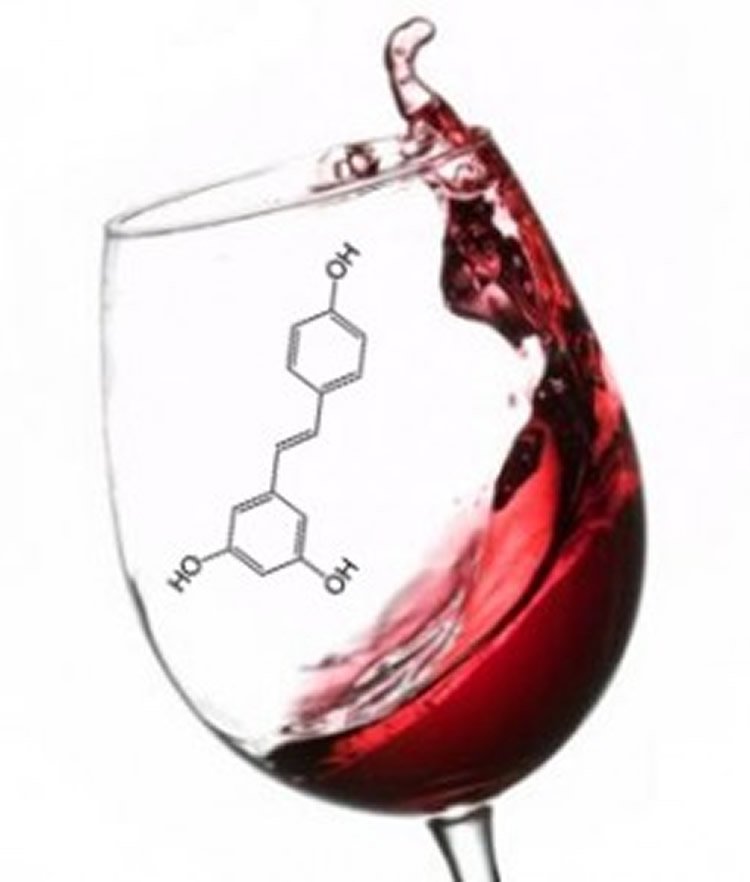
Conclusion
The relationship between red wine and cardiovascular health is a complex and nuanced topic. While numerous studies have suggested that moderate red wine consumption may offer some cardioprotective benefits, the evidence is not entirely conclusive, and the effects appear to be influenced by a variety of individual and situational factors.
As with any health-related recommendation, it is important to consult with a healthcare professional to determine the appropriate level of red wine consumption based on one’s individual needs and health status. By understanding the potential benefits and risks, individuals can make informed decisions about incorporating red wine into a healthy lifestyle.
Short-Term Red Wine Consumption Promotes Differential Effects on Plasma Levels of High-Density Lipoprotein Cholesterol, Sympathetic Activity, and Endothelial Function in Hypercholesterolemic, Hypertensive, and Healthy Subjects
1. da Luz PL, Coimbra SR. Wine, alcohol and atherosclerosis: clinical evidences and mechanisms. Braz J Med Biol Res. 2004;37:1275–95. [PubMed] [Google Scholar]
2. Klatsky AL, Friedman GD, Armstrong MA, Kipp H. Wine, liquor, beer, and mortality. Am J Epidemiol. 2003;158:585–95. [PubMed] [Google Scholar]
3. Opie LH, Lecour S. The red wine hypothesis: from concepts to protective signalling molecules. Eur Heart J. 2007;28:1683–93. [PubMed] [Google Scholar]
4. Nishiwaki M, Ishikawa T, Ito T, Shige H, Tomiyasu K, Nakajima K, et al. Effects of alcohol on lipoprotein lipase, hepatic lipase, cholesteryl ester transfer protein, and lecithin:cholesterol acyltransferase in high-density lipoprotein cholesterol elevation. Atherosclerosis. 1994;111:99–109. [PubMed] [Google Scholar]
[PubMed] [Google Scholar]
5. Ruf JC. Alcohol, wine and platelet function. Biol Res. 2004;37:209–15. [PubMed] [Google Scholar]
6. Durak I, Avci A, Kaçmaz M, Büyükkoçak S, Cimen MY, Elgün S, et al. Comparison of antioxidant potentials of red wine, white wine, grape juice and alcohol. Curr Med Res Opin. 1999;15:316–20. [PubMed] [Google Scholar]
7. Stein JH, Keevil JG, Wiebe DA, Aeschlimann S, Folts JD. Purple grape juice improves endothelial function and reduces the susceptibility of LDL cholesterol to oxidation in patients with coronary artery disease. Circulation. 1999;100:1050–55. [PubMed] [Google Scholar]
8. Coimbra SR, Lage SH, Brandizzi L, Yoshida V, da Luz PL. The action of red wine and purple grape juice on vascular reactivity is independent of plasma lipids in hypercholesterolemic patients. Braz J Med Biol Res. 2005;38:1339–47. [PubMed] [Google Scholar]
9. Zilkens RR, Burke V, Hodgson JM, Barden A, Beilin LJ, Puddey IB. Red wine and beer elevate blood pressure in normotensive men.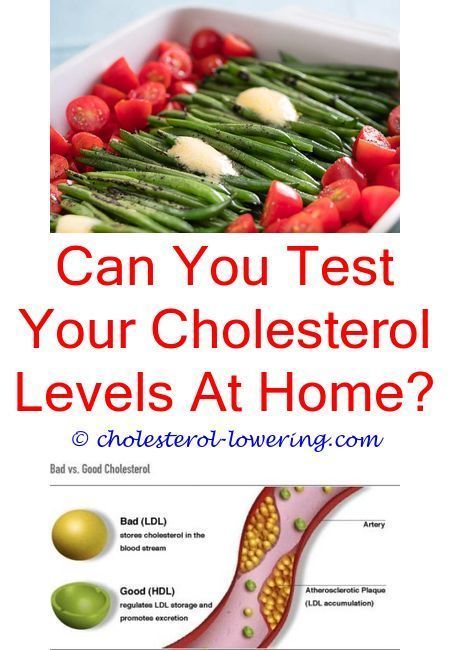 Hypertension. 2005;45:874–9. [PubMed] [Google Scholar]
Hypertension. 2005;45:874–9. [PubMed] [Google Scholar]
10. McFadden CB, Brensinger CM, Berlin JA, Townsend RR. Systematic review of the effect of daily alcohol intake on blood pressure. Am J Hypertens. 2005;18:276–86. [PubMed] [Google Scholar]
11. Grassi GM, Somers VK, Renk WS, Abboud FM, Mark AL. Effects of alcohol intake on blood pressure and sympathetic nerve activity in normotensive humans: a preliminary report. J Hypertens. Suppl. 1989;7:S20–1. [PubMed] [Google Scholar]
12. Chobanian AV, Bakris GL, Black HR, Cushman WC, Green LA, Izzo JL, Jr, et al. Seventh report of the Joint National Committee on Prevention, Detection, Evaluation, and Treatment of High Blood Pressure. Hypertension. 2003;42:1206–52. [PubMed] [Google Scholar]
13. Delius W, Hagbarth KE, Hongell A, Wallin BG. General characteristics of sympathetic activity in human muscle nerves. Acta Physiol Scand. 1972;84:65–81. [PubMed] [Google Scholar]
14. Harms MP, Wesseling KH, Pott F, Jenstrup M, Van Goudoever J, Secher NH, et al.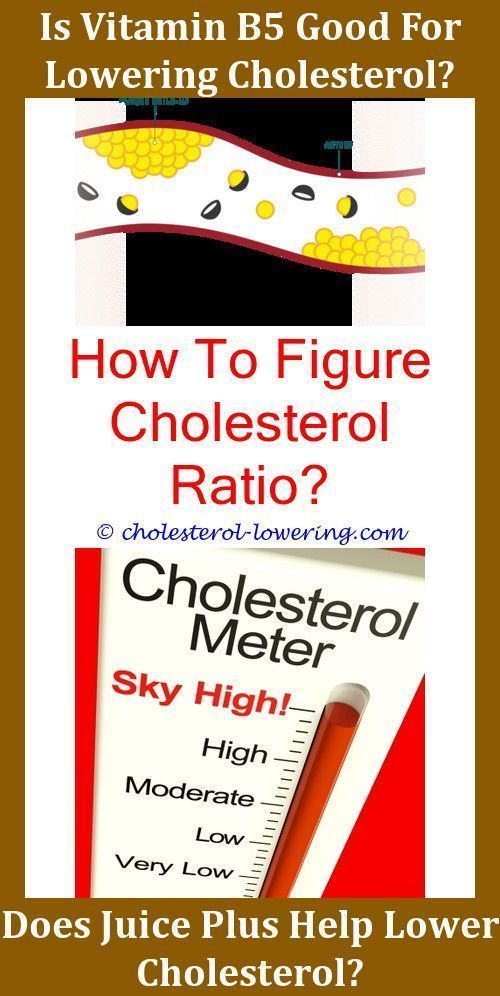 Continuous stroke volume monitoring by modelling flow from non-invasive measurement of arterial pressure in humans under orthostatic stress. Clin Sci (Lond) 1999;97:291–301. [PubMed] [Google Scholar]
Continuous stroke volume monitoring by modelling flow from non-invasive measurement of arterial pressure in humans under orthostatic stress. Clin Sci (Lond) 1999;97:291–301. [PubMed] [Google Scholar]
15. Imholz BP, Wieling W, van Montfrans GA, Wesseling KH. Fifteen years experience with finger arterial pressure monitoring: assessment of the technology. Cardiovasc Res. 1998;38:605–16. [PubMed] [Google Scholar]
16. Corretti MC, Anderson TJ, Benjamin EJ, Celermajer D, Charbonneau F, Creager MA, et al. International Brachial Artery Reactivity Task Force. Guidelines for the ultrasound assessment of endothelial-dependent flow-mediated vasodilation of the brachial artery: a report of the International Brachial Artery Reactivity Task Force. J Am Coll Cardiol. 2002;39:257–65. [PubMed] [Google Scholar]
17. Rimm EB, Williams P, Fosher K, Criqui M, Stampfer MJ. Moderate alcohol intake and lower risk of coronary heart disease: meta-analysis of effects on lipids and haemostatic factors./wine-9f8d39cb2a7a4b5c8188d0ed9bde30f4.jpg) BMJ. 1999;319:1523–8. [PMC free article] [PubMed] [Google Scholar]
BMJ. 1999;319:1523–8. [PMC free article] [PubMed] [Google Scholar]
18. Lopes HF, Consolim-Colombo FM, Barreto-Filho JA, Riccio GM, Negrão CE, Krieger EM. Increased sympathetic activity in normotensive offspring of malignant hypertensive parents compared to offspring of normotensive parents. Braz J Med Biol Res. 2008;41:849–53. [PubMed] [Google Scholar]
19. Penna GL, Garbero R de F, Neves MF, Oigman W, Bottino DA, Bouskela E. Treatment of essential hypertension does not normalize capillary rarefaction. Clinics. 2008;63:613–8. [PMC free article] [PubMed] [Google Scholar]
20. Crisostomo LM, Souza CA, Mendes CM, Coimbra SR, Favarato D, Luz PL. Vascular and metabolic response to statin in the mildly hypertensive hypercholesterolemic elderly. metabolic response to statin in the mildly hypertensive hypercholesterolemic elderly. Clinics. 2008;63:589–94. [PMC free article] [PubMed] [Google Scholar]
21. Luz PL, Favarato D, Faria-Neto JR, Jr, Lemos P, Chagas AC. High ratio of triglycerides to HDL-cholesterol predicts extensive coronary disease. Clinics. 2008;63:427–32. [PMC free article] [PubMed] [Google Scholar]
Clinics. 2008;63:427–32. [PMC free article] [PubMed] [Google Scholar]
22. Hansen AS, Marckmann P, Dragsted LO, Finné Nielsen IL, Nielsen SE, Grønbaek M. Effect of red wine and red grape extract on blood lipids, haemostatic factors, and other risk factors for cardiovascular disease. Eur J Clin Nutr. 2005;59:449–55. [PubMed] [Google Scholar]
23. Hagiage M, Marti C, Rigaud D, Senault C, Fumeron F, Apfelbaum M, et al. Effect of a moderate alcohol intake on the lipoproteins of normotriglyceridemic obese subjects compared with normoponderal controls. Metabolism. 1992;41:856–61. [PubMed] [Google Scholar]
24. Kiechl S, Willeit J, Poewe W, Egger G, Oberhollenzer F, Muggeo M, et al. Insulin sensitivity and regular alcohol consumption: large, prospective, cross sectional population study (Bruneck study) BMJ. 1996;313:1040–4. [PMC free article] [PubMed] [Google Scholar]
25. Freiberg MS, Cabral HJ, Heeren TC, Vasan RS, Curtis Ellison R, Third National Health and Nutrition Examination Survey Alcohol consumption and the prevalence of the Metabolic Syndrome in the US: a cross-sectional analysis of data from the Third National Health and Nutrition Examination Survey. Diabetes Care. 2004;27:2954–9. [PubMed] [Google Scholar]
Diabetes Care. 2004;27:2954–9. [PubMed] [Google Scholar]
26. Beulens JW, Rimm EB, Hu FB, Hendriks HF, Mukamal KJ. Alcohol consumption, mediating biomarkers and risk of type 2 diabetes among middle-aged women. Diabetes Care. 2008;31:2050–5. [PMC free article] [PubMed] [Google Scholar]
27. van de Borne P, Mark AL, Montano N, Mion D, Somers VK. Effects of alcohol on sympathetic activity, hemodynamics, and chemoreflex sensitivity. Hypertension. 1997;29:1278–83. [PubMed] [Google Scholar]
28. Spaak J, Merlocco AC, Soleas GJ, Tomlinson G, Morris BL, Picton P, et al. Dose-related effects of red wine and alcohol on hemodynamics, sympathetic nerve activity, and arterial diameter. Am J Physiol Heart Circ Physiol. 2008;294:H605–12. [PubMed] [Google Scholar]
29. Skrapari I, Tentolouris N, Katsilambros N. Baroreflex function: determinants in healthy subjects and disturbances in diabetes, obesity and metabolic syndrome. Curr Diabetes Ver. 2006;2:329–38. [PubMed] [Google Scholar]
30. Abdel-Rahman AA, Wooles WR. Ethanol-induced hypertension involves impairment of baroreceptors. Hypertension. 1987;10:67–73. [PubMed] [Google Scholar]
Abdel-Rahman AA, Wooles WR. Ethanol-induced hypertension involves impairment of baroreceptors. Hypertension. 1987;10:67–73. [PubMed] [Google Scholar]
31. Whelan AP, Sutherland WH, McCormick MP, Yeoman DJ, de Jong SA, Williams MJ. Effects of white and red wine on endothelial function in subjects with coronary artery disease. Intern Med J. 2004;34:224–8. [PubMed] [Google Scholar]
32. Karatzi K, Papamichael C, Aznaouridis K, Karatzis E, Lekakis J, Matsouka C, et al. Constituents of red wine other than alcohol improve endothelial function in patients with coronary artery disease. Coron Artery Dis. 2004;15:485–90. [PubMed] [Google Scholar]
33. Andriambeloson E, Stoclet JC, Andriantsitohaina R. Mechanism of endothelial nitric oxide-dependent vasorelaxation induced by wine polyphenols in rat thoracic aorta. J Cardiovasc Pharmacol. 1999;33:248–54. [PubMed] [Google Scholar]
34. Puddey IB, Zilkens RR, Croft KD, Beilin LJ. Alcohol and endothelial function: a brief review. Clin Exp Pharmacol Physiol. 2001;28:1020–4. [PubMed] [Google Scholar]
2001;28:1020–4. [PubMed] [Google Scholar]
35. Münzel T, Sinning C, Post F, Warnholtz A, Schulz E. Pathophysiology, diagnosis and prognostic implications of endothelial dysfunction. Ann Med. 2008;40:180–96. [PubMed] [Google Scholar]
36. Gilligan DM, Guetta V, Panza JA, García CE, Quyyumi AA, Cannon RO., 3rd Selective loss of microvascular endothelial function in human hypercholesterolemia. Circulation. 1994;90:35–41. [PubMed] [Google Scholar]
37. Panza JA, García CE, Kilcoyne CM, Quyyumi AA, Cannon RO., 3rd Impaired endothelium-dependent vasodilation in patients with essential hypertension. Evidence that nitric oxide abnormality is not localized to a single signal transduction pathway. Circulation. 1995;91:1732–8. [PubMed] [Google Scholar]
Drinking red wine for heart health? Read this before you toast
Please note: This article was published more than two years ago, so some information may be outdated. If you have questions about your health, always contact a health care professional.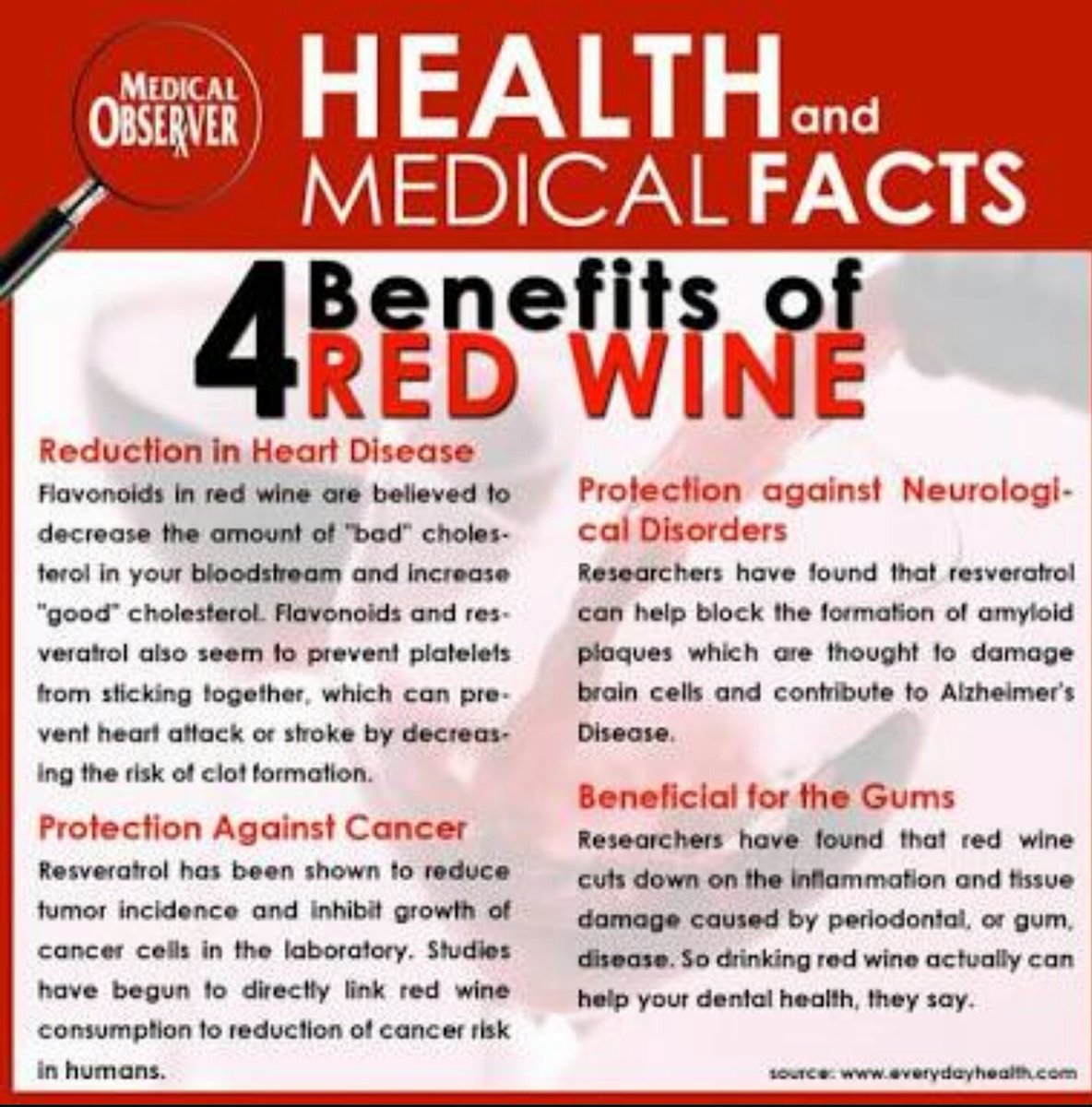
(Mark Hodgson, Getty Images)
For years, studies have shown a relationship between drinking a moderate amount of red wine and good heart health, but experts say it’s important to understand what that means before you prescribe yourself a glass or two a day.
No research has established a cause-and-effect link between drinking alcohol and better heart health. Rather, studies have found an association between wine and such benefits as a lower risk of dying from heart disease.
It’s unclear whether red wine is directly associated with this benefit or whether other factors are at play, said Dr. Robert Kloner, chief science officer and director of cardiovascular research at Huntington Medical Research Institutes and a professor of medicine at the University of Southern California.
“It might be that wine drinkers are more likely to have a healthier lifestyle and a healthier diet such as the Mediterranean diet, which is known to be cardioprotective,” he said.
But you may not even have to drink red wine to get the benefit, Kloner said. Moderate amounts of beer and spirits also have been linked to a lower risk of heart disease.
It’s a common assumption that red wine may be good for the heart because it contains antioxidants such as resveratrol, which is primarily found in the skin of grapes but also peanuts and blueberries. Some studies suggest resveratrol can reduce cholesterol and lower blood pressure.
“There’s a debate about whether resveratrol is really cardioprotective or not,” Kloner said. “In addition, there is debate about the amount of resveratrol you would need to ingest to get a protective effect. To get the equivalent of the amount of resveratrol that has been reported to be protective would probably mean ingesting an excess of wine.”
Federal guidelines and the American Heart Association recommend that if you do drink alcohol, to do so in moderation. That means no more than one to two drinks per day for men and one drink per day for women.![]() (According to the AHA, one drink is 12 ounces of beer, 4 ounces of wine, 1.5 ounces of 80-proof spirits or 1 ounce of 100-proof spirits.)
(According to the AHA, one drink is 12 ounces of beer, 4 ounces of wine, 1.5 ounces of 80-proof spirits or 1 ounce of 100-proof spirits.)
Studies have found that moderate alcohol consumption may have some health benefits, including raising “good” HDL cholesterol levels and lowering the risk of diabetes. However, excessive drinking can lead to a host of health problems, including liver damage, obesity, some types of cancer and stroke, not to mention its negative effect on the heart.
“Alcohol in excess is really bad for the heart,” Kloner said. “It can cause high blood pressure and promote arrhythmias. It can cause cardiomyopathy where the alcohol is actually toxic to the heart muscle cells, and that can lead to heart failure.”
Proving moderate alcohol use causes better heart health would be tricky, Kloner said. Ideally, it would require a large prospective study that not only randomly assigns people to a no-drinking group versus a moderate-drinking group, but that also compares different types of alcohol – red wine, white wine, beer, spirits – to determine if one really is better.
“And then you’d have to control for various factors – age, gender, cardiovascular risk, their diet. You’d have to follow them for many years,” he said, noting the added ethical dilemma of taking people who are not drinkers and telling them to become drinkers.
For now, the message certainly isn’t to go out and start drinking, Kloner said. “But if you do drink, drinking in moderation is the way to go.”
If you have questions or comments about this story, please email [email protected].
American Heart Association News Stories
American Heart Association News covers heart disease, stroke and related health issues. Not all views expressed in American Heart Association News stories reflect the official position of the American Heart Association. Statements, conclusions, accuracy and reliability of studies published in American Heart Association scientific journals or presented at American Heart Association scientific meetings are solely those of the study authors and do not necessarily reflect the American Heart Association’s official guidance, policies or positions./redwine_annotations-5c65af29c9e77c00017fb860.jpg)
Copyright is owned or held by the American Heart Association, Inc., and all rights are reserved. Permission is granted, at no cost and without need for further request, for individuals, media outlets, and non-commercial education and awareness efforts to link to, quote, excerpt from or reprint these stories in any medium as long as no text is altered and proper attribution is made to American Heart Association News.
Other uses, including educational products or services sold for profit, must comply with the American Heart Association’s Copyright Permission Guidelines. See full terms of use. These stories may not be used to promote or endorse a commercial product or service.
HEALTH CARE DISCLAIMER: This site and its services do not constitute the practice of medical advice, diagnosis or treatment. Always talk to your health care provider for diagnosis and treatment, including your specific medical needs. If you have or suspect that you have a medical problem or condition, please contact a qualified health care professional immediately. If you are in the United States and experiencing a medical emergency, call 911 or call for emergency medical help immediately.
If you are in the United States and experiencing a medical emergency, call 911 or call for emergency medical help immediately.
Related Articles
Is drinking alcohol part of a healthy lifestyle?
Lifestyle Changes for Heart Attack Prevention
Limiting Alcohol to Manage High Blood Pressure
Named 5 healthy reasons to agree to a glass of wine: against cholesterol
The science
26305
Share
Photo: pexels.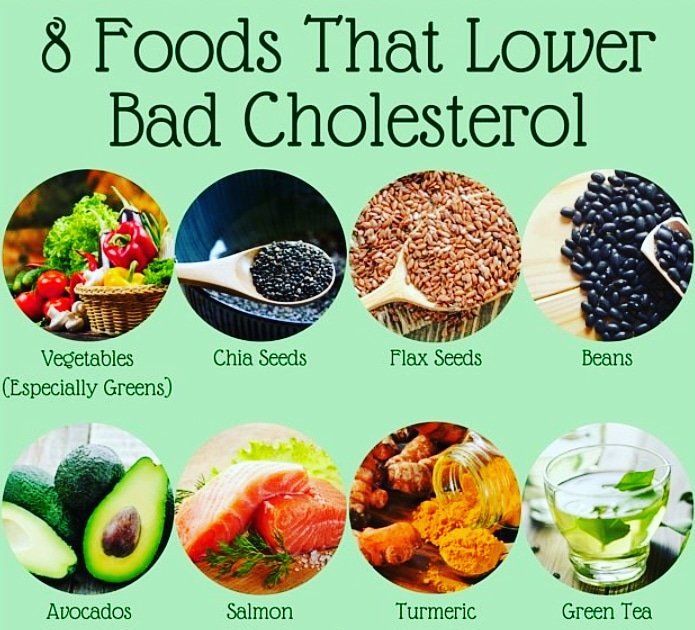 com
com
Disputes about the influence of a moderate amount of alcohol on the body, especially for women, have not subsided for a long time. Supporters of a healthy lifestyle are categorically against even small amounts of such “doping”. Some researchers, too, believing that even in small doses, alcohol can lead to irreversible changes in the body. On the other hand, opponents note that wine is part of the famous Mediterranean diet, which is considered one of the healthiest. Finally, since ancient times, the inhabitants of the Caucasus and Italy cannot imagine their life without wine, and at the same time they are distinguished by enviable longevity. Nutritionists agree that the truth, as always, is somewhere in between.
If we talk about dry wine and very limited quantities, there are still benefits from drinking it, concludes Harper’s Bazaar. The publication emphasizes that in this case we mean a daily portion equal to one glass. Also, we are talking about dry wine, since dessert wines have too much sugar.
Also, we are talking about dry wine, since dessert wines have too much sugar.
The first positive thing from a glass of dry red wine at a meal is getting polyphenols, which have a beneficial effect on the heart vessels. The resveratrol contained in the skin of grapes, according to a number of studies, has a number of useful functions: it reduces “bad” cholesterol, protects blood vessels, reduces blood clots and has an anti-inflammatory effect, and also helps maintain bone strength. It is also believed that this substance helps to slightly reduce the risk of developing certain types of cancer, but these assumptions have not been confirmed.
Substances in red wine have an antioxidant effect, that is, they help slow down the aging process. Grapes contain many polyphenols and tannins, the concentration of which increases during fermentation. Antioxidants protect cells from damage by free radicals, therefore, slow down age-related changes in the cells of organs and skin. Red wine is also full of phytoestrogens, which stimulate the body’s production of collagen and hyaluronic acid.
The active substances in red wine also tone up the nervous system by improving the blood supply to the brain. According to the observations of a number of researchers, the cumulative effect of red wine becomes the prevention of age-related memory degeneration and even Alzheimer’s disease.
The already mentioned polyphenols protect the body from chronic diseases by fighting inflammation. Also, the components of wine can increase the body’s susceptibility to insulin, which helps in the prevention of diabetes.
The fifth and very important positive effect of red wine is a good mood. This is not about the feeling of intoxication, but about the high content of fruit acids and tannins in this drink, which scientists associate with an increase in the general emotional background and even the prevention of depression. But there is an important note: such an “antidepressant” works only if no more than 1 glass is consumed per day. With an excess of alcohol on the face, the opposite effect is depression of the nervous system and health problems, in the presence of which the mood simply cannot be good.
Subscribe
Authors:
Marta Petrova
healthy lifestyle
What else to read
What to read:More materials
In the regions
In Yaroslavl, battered models wrote a statement to the police
Photo
46469
Yaroslavl
A tourist spoke about a traffic jam in front of the Crimean bridge: even children are being searched
28775
Crimea
photo: MK in Crimea
Armed Forces of Ukraine are going to block the way to the Crimea
Photo
21399
Crimea
photo: MK in Crimea
Crimea will surprise tourists with Russian Maldives in 2023
Photo
17818
Crimea
photo: MK in Crimea
The transport crisis in Polevsky resembles a well-directed performance
Photo
11146
Ekaterinburg
Maxim Boykov
July 7 is the day of Ivan Kupala, what is possible and what is strictly forbidden to do on a big holiday
Photo
6591
Pskov
In the regions:More materials
Must Drink: 6 Health Benefits of Red Wine
Pouring red wine from bottle into glass with wooden wine casks on background
Red wine is not only deep, aromatic and tasty. This is a real medicine – it is a glass of red that doctors advise drinking daily. Modern research confirms: this is a cure for many ailments. And no alcoholism!
This is a real medicine – it is a glass of red that doctors advise drinking daily. Modern research confirms: this is a cure for many ailments. And no alcoholism!
A snow-white smile
Red wine sometimes stains the teeth, but it turns out that this is only good for them. This layer protects the enamel from bacteria and alkali from other products that we consume with wine.
The wine itself acts as an antibacterial drug and contributes to the prevention of caries. And for dessert: a glass of red wine relieves inflammation of the gums and even a sore throat (it’s not for nothing that the best remedy for a sore throat is mulled wine).
Slim figure
French scientists back in 2011 published in the scientific journal FASEB the results of a study that confirms that restevarol in red wine breaks down cholesterol: the same animal fat that is deposited in unnecessary places and clogs the walls of blood vessels.
Wine tones muscles, relieves muscle pain after exercise and is indicated for office workers who move little to lose a few pounds due to the metabolism accelerated by red wine.
Total cleansing
The same Restevarol is able to remove free radicals from the body, which lead to cancer. At the same time, as a biological additive, restevarol was recognized as ineffective and recommended only in red wine – here it did not disappoint the researchers and showed its healing properties in the best possible way.
Internal affairs
In addition, red wine has a positive effect on the internal organs. Vessels – cleanses. Stomach – starts like a motor. Nerves – soothes. Pressure – normalizes. Muscle pain – relieves.
And the best part: it promotes the breakdown of kidney stones. Excellent, tasty and pleasant alternative to surgery.
Love to all!
According to a 2009 Koch Institute study, drinking red wine eliminated libido problems in 30% of men and 48% of women.
If you don’t have problems, and we hope so, red wine will always help you relax, loosen up, “disperse the blood”. Therefore, a bottle of good red is the best choice for dinner, which is planned to be smoothly and pleasantly translated into breakfast.
